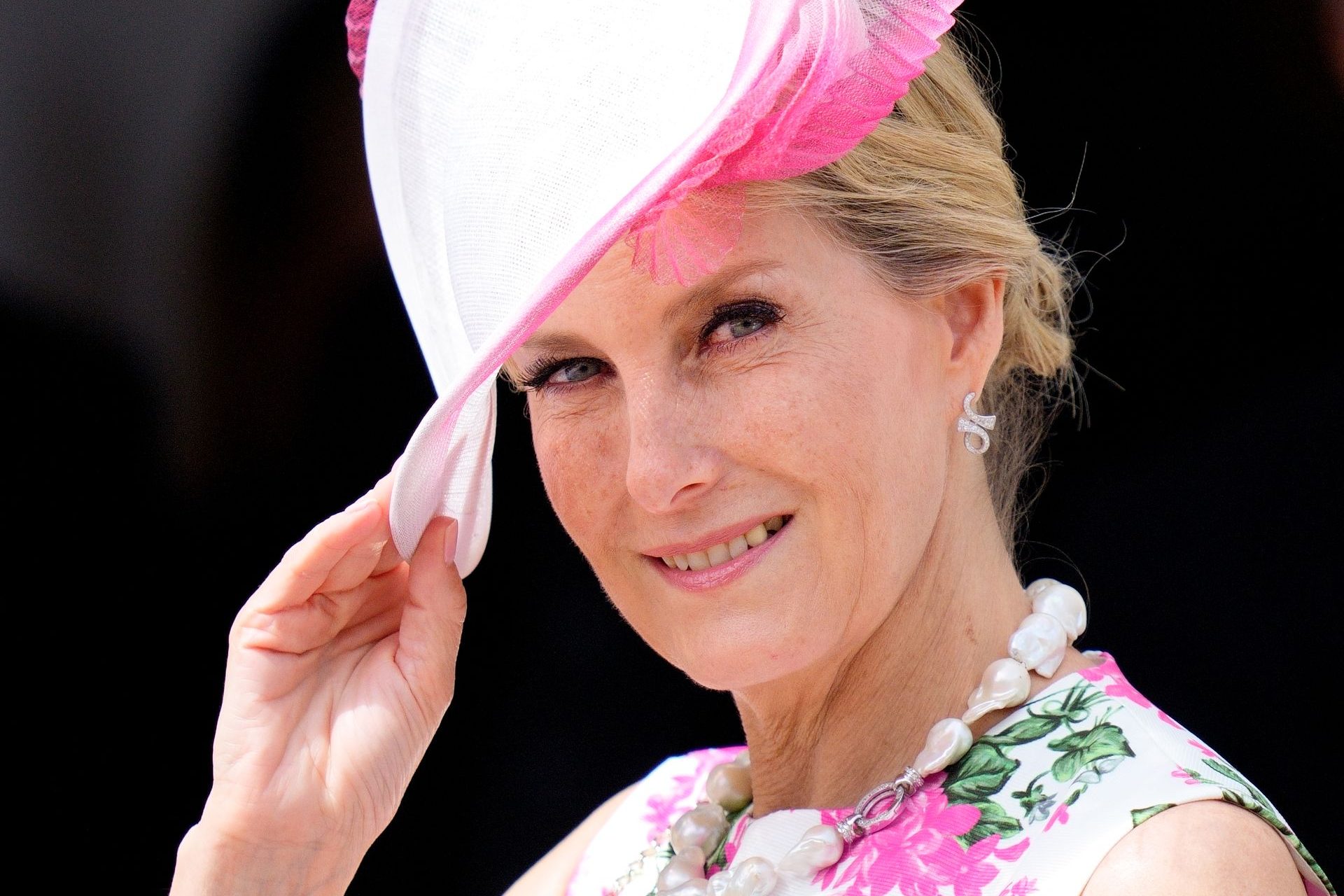Space exploration: from the first missions to millionaire tourism
Since ancient times, people have been fascinated by space. Observing the stars has enabled us to acquire new knowledge, which is becoming more and more important as technology advances.
Literature anticipated space exploration before it happened. In the 19th century, the French novelist Jules Verne published 'From the Earth to the Moon' and 'Around the Moon', two parts of a saga about a human expedition around the satellite.
In 1954, an episode of the Tintin comic, 'Explorers on the Moon,' appeared in which the famous hero successfully landed on the moon, accompanied by a crew of cosmonauts.
Beginning in the 1950s, major world powers, led by the United States and the Soviet Union, developed programs designed to send machines into space. It was at the time of the Cold War, and that meant a real space race between the two blocks.
The stages are known: after the dog Laïka in 1957, Yuri Gagarin was the first human being to travel in space, it was in 1961. The Soviet Union seemed to be a step forward. But the United States responded spectacularly by sending the first humans to the moon in 1969.
Faced with the exorbitant cost of lunar missions, NASA and other global agencies have dedicated themselves to developing space stations. The Soviet Union launched the Salyut station into orbit in 1970 and the United States launched Skylab in 1973. It was the beginning of a long exploration.
NASA also successfully sent out space shuttles in the 1970s and early 1980s such as the Challenger, Discovery, and Atlantis.
To combat American and Soviet hegemony, France initiated the Ariane program in collaboration with other European countries. Since 1968, several spacecraft have been launched from the Kourou base in French Guiana.
Space exploration has not been limited to the orbit of the Earth and the Moon. Unmanned missions were also sent to Mars starting in the 1960s. Recently, the United Arab Emirates sent the Hope probe to the red planet.
At the end of the 90s, with the end of the Cold War, the main world space agencies decided to collaborate and start an important project. It is called ISS (International Space Station), was completed in 2011, and has already made a large number of expeditions. The station serves to study the impact of longer and more distant space travel on the human body.
The 2000s marked a turning point in space exploration. For the first time, flights were no longer organized exclusively by government agencies for conquest or knowledge, but also (by private companies) for tourism purposes. The first space tourist was the American Dennis Tito, who paid 20 million dollars for a one-week stay off Earth in 2001.
Other space tourists have followed him over the past twenty years. Among these are South African Mark Shuttleworth (pictured) in 2002 and Canadian Guy Laliberté, who left with the Soyuz mission in September 2009.
Protests and criticism targeted the social and environmental impact of space tourism. The practice is accessible only to a very small minority of people and does not really help Earth any further. Some researchers believe that space should be reserved for scientific purposes.
In the early 2000s, Amazon founder Jeff Bezos and Tesla CEO Elon Musk created Blue Origin and Space X, respectively. These are the two main private companies in space exploration today.
In the 2010s, a rivalry between the two billionaires for the space race began, apart from their contest for the title of the richest person in the world. Elon Musk also revealed that it was his ambition to send humans to Mars.
But is sending humans to Mars a fantasy or a medium-term reality? In any case, it would require considerable financial and technological means.
For Musk supporters, the Red Planet would be a new El Dorado if Earth became uninhabitable. For critics, it's just a way to get attention, as the mission would never have sufficient resources and Mars would be completely uninhabitable.
Pending the hypothetical conquest of Mars, Space X is working closely with public space programs. In 2021, the company supplied the ISS with its Falcon 9 rocket for the Alpha mission, which was attended by the French astronaut of the European Space Agency, Thomas Pesquet.
In turn, Blue Origin revived space tourism with its New Shepard orbital rocket. On July 20, 2021, Jeff Bezos, his brother Mark and Wally Funk, 82, an astronautics pioneer who was finally able to make her dream come true, boarded the ship.
The last available seat was bought by a prominent businessman as a gift for his son Oliver Daemen, an 18-year-old Dutch student (left on the photo).
All in all, we have the prerequisites for a truly exciting space race: a thirst for adventure and tourism, incredible enhancement of scientific knowledge, and perhaps a manned expedition to Mars.
































